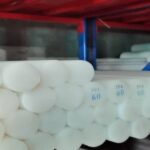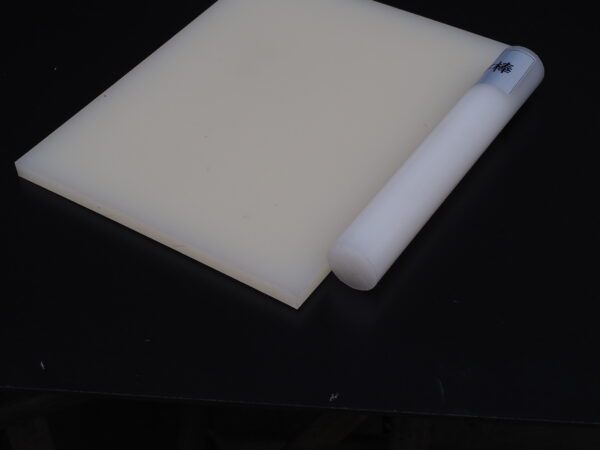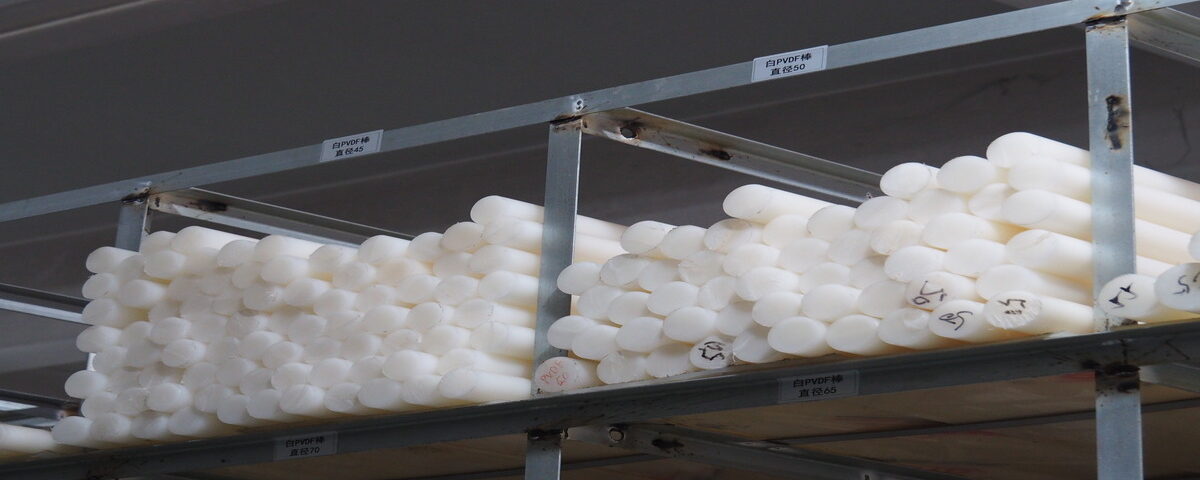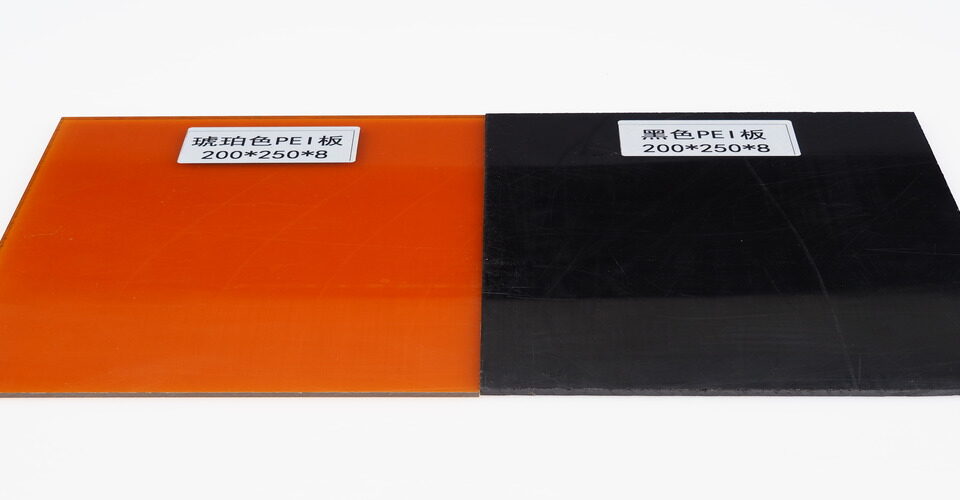
What is the material of PFA?
January 2, 2025
What material is PEEK?
January 3, 2025Introduction PTFE (Polytetrafluoroethylene) and PVDF (Polyvinylidene Fluoride) are both fluoropolymer plastics, but they differ in their chemical structure, properties, and applications. Understanding their differences is crucial when selecting materials for specific industrial uses.
Chemical Composition PTFE is made from tetrafluoroethylene monomers, while PVDF is derived from vinylidene fluoride. The chemical bonds and structures of these two polymers contribute to their differing characteristics. PTFE has a higher carbon-to-fluorine ratio compared to PVDF, making it more chemically resistant.

Properties PTFE is well-known for its non-stick and low-friction properties. It has excellent resistance to heat, chemicals, and electrical conductivity. PVDF, while also resistant to chemicals and temperature, is more rigid and durable compared to PTFE. Additionally, PVDF has better mechanical strength and is more resistant to radiation and UV light.
Applications PTFE is commonly used in industries requiring high chemical resistance, such as the food, pharmaceutical, and aerospace sectors. It is also used in electrical insulation. PVDF is favored in applications that require more structural integrity, such as in the chemical processing industry, water treatment, and in coatings for pipes and tanks.
Cost and Availability PTFE is generally more expensive and harder to process than PVDF due to its high melting point and processing challenges. PVDF, on the other hand, is more cost-effective and easier to fabricate.
Conclusion Both PTFE and PVDF have unique properties, making them suitable for different industrial applications. PTFE excels in chemical resistance and low friction, while PVDF is more rigid, strong, and cost-effective.






